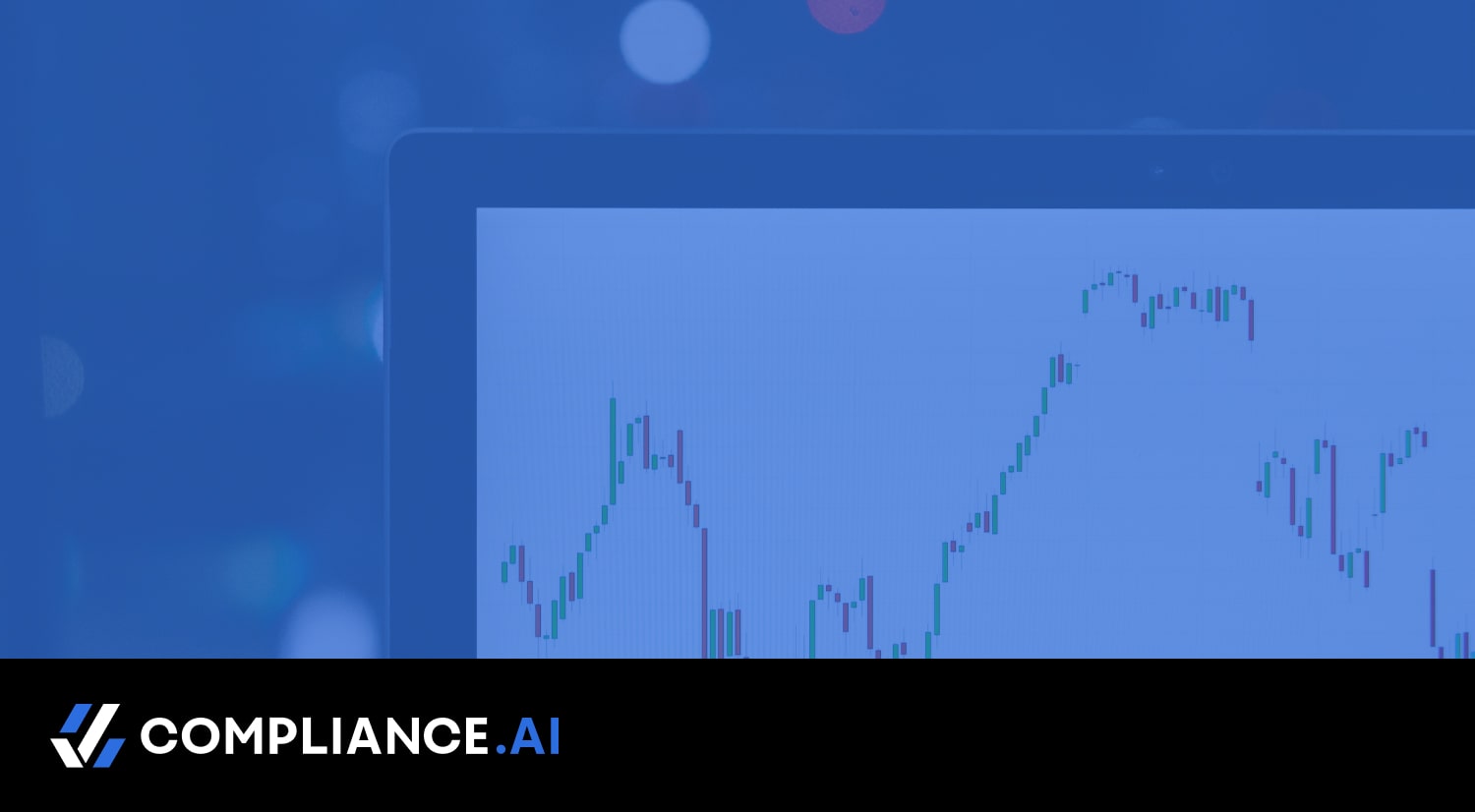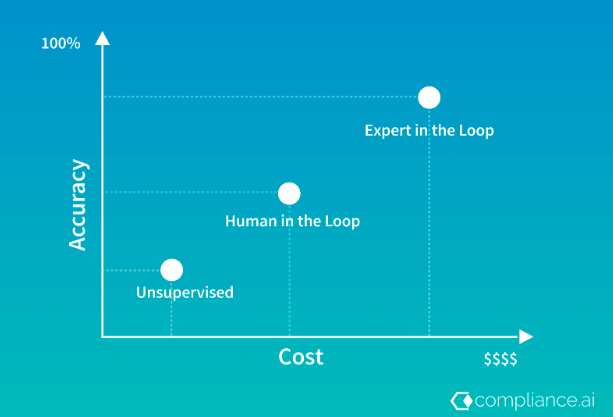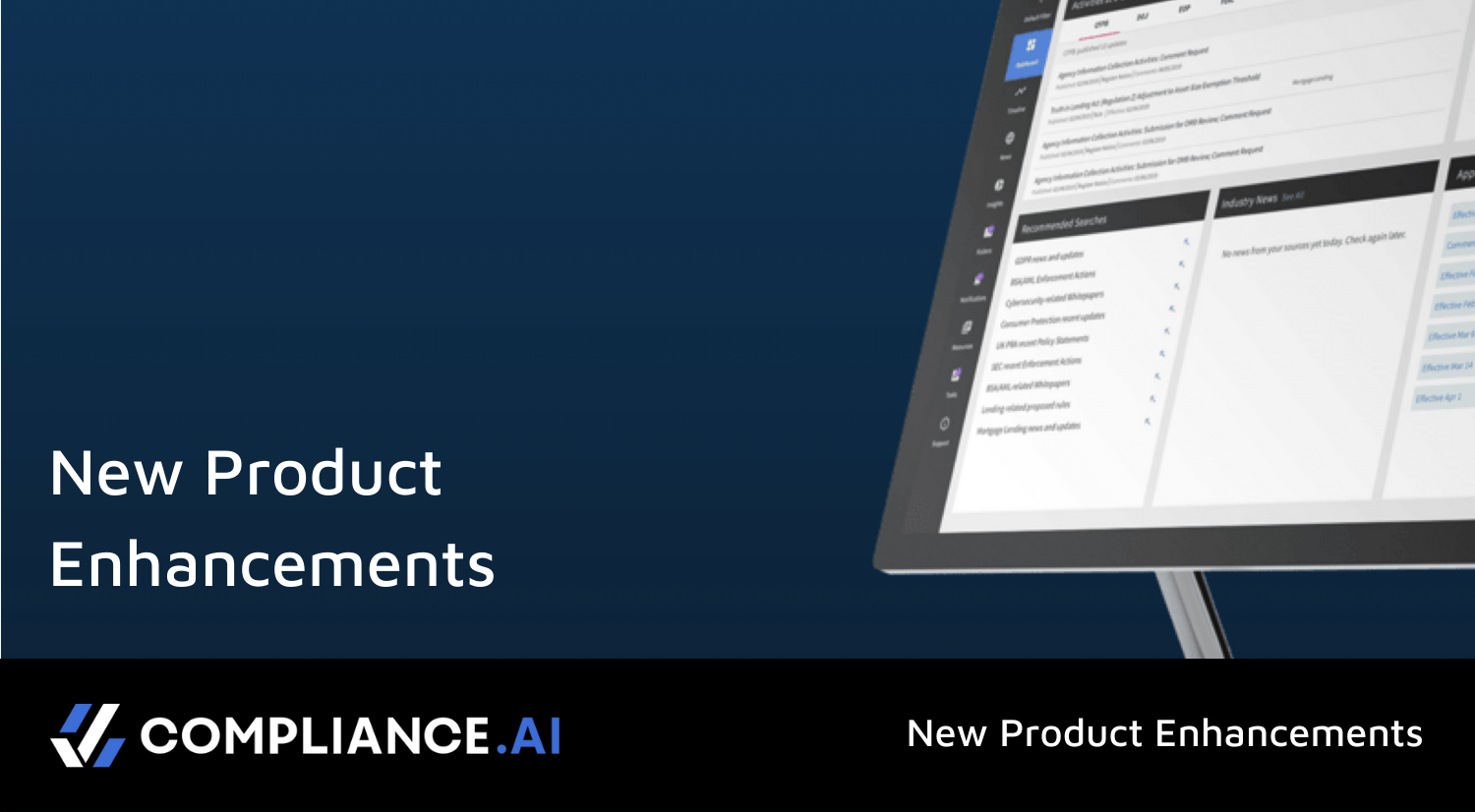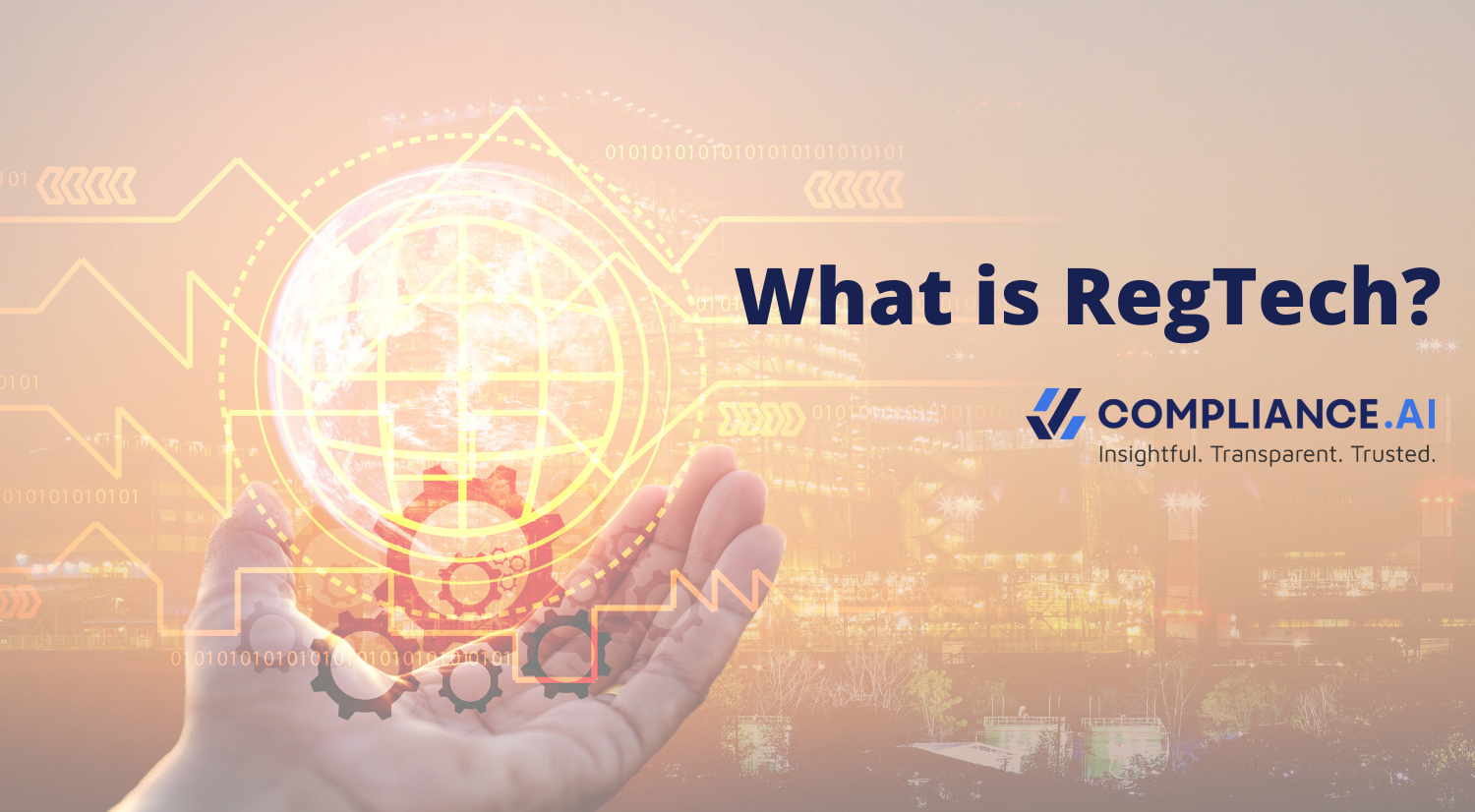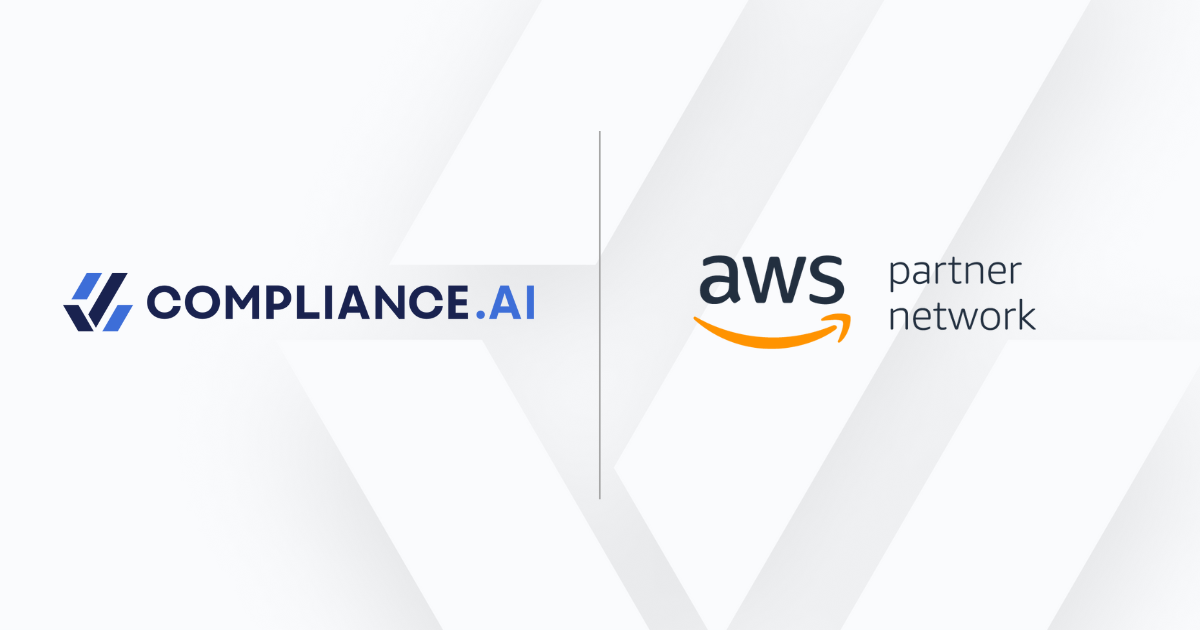Modern technologies now offer automated summarization capabilities, extracting the important aspects of regulatory documents for compliance professionals. Such solutions can provide the key attributes of a regulatory document such as: Key dates (publication, comment close, effective dates) Related rules and regulations, Changes history, the specific business or operational Topic classifications relevant to the business, and finally, summarize the content within the document into just a few paragraphs or bullet points. Such technologies can help determine what departments within the organization might be directly affected, and what action items need to be taken. The information can then be assigned to the correct individuals within the team for risk analysis, gap analysis and finally, implementation planning.
Automated content summaries can provide, with an increasing level of certainty, which key attributes, phrases or sentences within a regulatory document are most important to a specific business. Such auto-summarization can be accomplished through AI and supervised Machine Learning technologies with industry-specific algorithms, models, and training data. Often this can be decided by semantics and grammar structure. For example, Natural Language Processing (NLP), could be used to extract terms similar to “must” “have to” “should” “require to” and so forth, and give them varying levels of importance. Additionally, models can read entire documents, analyze and assign different weights to specific references within such documents. The models could be trained to look at sentence structures and emphasize sentences at the beginning of a paragraph and paragraphs at the end of the document, where you would normally find an introductory and conclusion statement, respectively. Other algorithms can be tweaked and tuned with training data, where the models could learn and become more intelligent based on human intervention, and eventually learn and improve automated decisions based on behavioral user patterns. Over time, such technologies and algorithms can become more confident in summarizing specific types of documents. In fact, a new category of summarization technologies provides summaries without the need for any additional supervision, training or user feedback.
Dejan Kusalovic at Intel believes that there are so many regulations with thousands of pages that if even a technology was built for a single regulation, it could be a helpful tool. (Finextra, 2017). The mass and complexity of an individual regulation, like Dodd-Frank or Bank Secrecy Act, requires whole departments within a bank dedicated to only the compliance demands of that regulation. The compliance demands involve reading regulatory documents in their entirety, then finding pertinent data from inside and outside the organization, researching outside content (such as comments or white papers), processing the data, making sense of it and then finally, recommending the actions that need to be taken. The ultimate goal is to automate as much of that process as possible, because of the ongoing maintenance requirements – due to frequent regulatory updates and changes. AI-driven solutions can play a crucial role in achieving this goal.
With the problem clearly defined, now a solution can come into focus. Michelle Curtin, EMEA Head of Policy, Regulatory Change & Governance BNY Mellon makes the point, “The regulatory tsunami that followed the financial crisis has significantly increased the cost of compliance for firms. Leveraging technology to help manage regulatory change and general compliance cost-effectively and efficiently has become increasingly important at a time of margin compression. With skilled compliance resources in short supply, utilizing technology to reduce certain administrative tasks or to evaluate management information, can allow compliance resource to narrow their focus to key risks.”
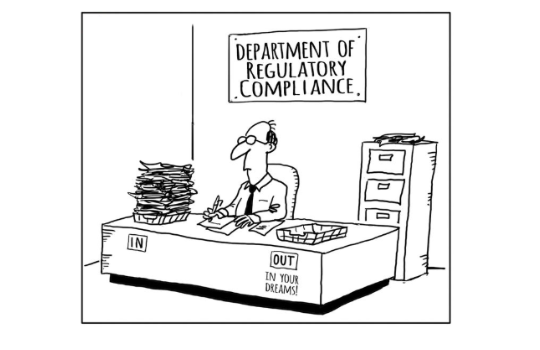
 Automatically monitor regulatory updates to map to your internal policies, procedures and controls. Learn More
Automatically monitor regulatory updates to map to your internal policies, procedures and controls. Learn More
